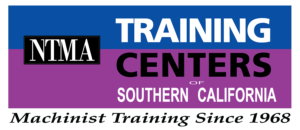
The highly standardized drawings remained unchanged for centuries until the introduction of CAD, which revolutionized the approach in the second half of the 20th century. The days of manually resolving processing difficulties are long gone. Today, automating a manufacturing process frequently involves using computer-aided manufacturing, also known as CAM.
Do you want to know how CAM programming works? Keep reading.
How does CAM programming work?
A 3D CAD model of the component to be made serves as the foundation for the CAM programming procedure. The type of cutting tool to be used, the cutting speeds and feeds, and the sequence of the cuts can all be specified by the programmer. Once the toolpath is established, the CAM program will produce the G-code, which is a collection of instructions that the machine tool’s controller can understand.
The G-code will contain details on the tool’s X, Y, and Z coordinates, cutting speeds, feeds, and kind of cutting tool. The machining process can also be simulated using CAM software, which is a useful feature that enables the programmer to find any flaws or problems before the actual machining occurs. Additionally, it aids in waste reduction and machining process optimization.




